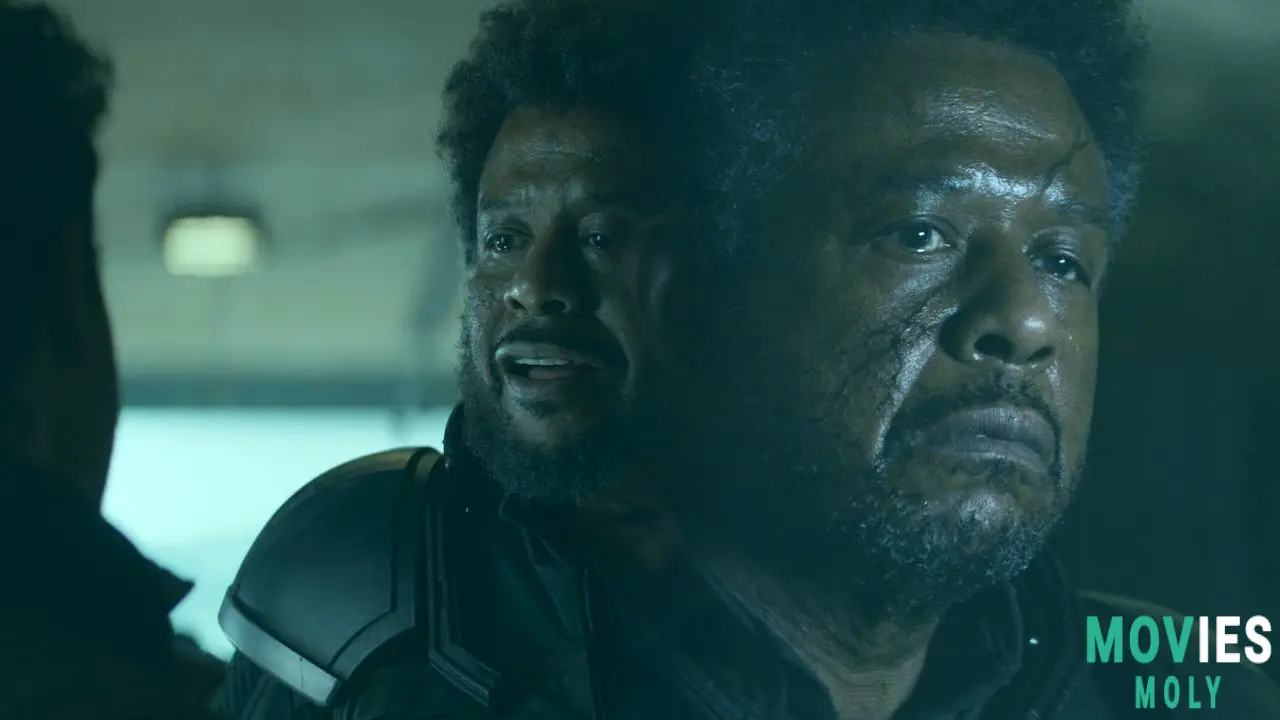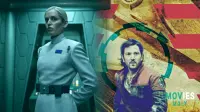Few characters in the Star Wars universe are as polarizing, misunderstood, and deeply layered as Saw Gerrera. Introduced to many fans as the oxygen-masked, metal-legged extremist in Rogue One: A Star Wars Story, Saw’s portrayal teetered on the edge of fanaticism — a cautionary tale more than a hero. But Andor Season 2 doesn’t just revisit Saw Gerrera; it reclaims him, transforming the rebel fighter into one of the most philosophically potent and emotionally resonant figures in the entire franchise.
Andor Season 2 Turns Saw Gerrera Into A Revolutionary Visionary Fueled By Trauma And RhydoIt’s easy to see Saw Gerrera in Rogue One and write him off as a madman. The Empire and the Rebel Alliance both label him — “extremist,” “fanatic” — words that conveniently box him into a role neither side wants to fully reckon with. But Andor digs into the gray space that Saw lives in, giving us a rebel who isn’t just willing to fight the Empire, but who refuses to sanitize his methods to fit someone else’s idea of morality. Saw’s appearances in the second season serve as a brutal, honest reflection of what happens when oppression stretches a person’s will — and sanity — to its limits.
From his early interaction with Cassian on Narkina 5 to his strategic domination of D’Qar, Saw isn’t just surviving — he’s evolving. His mistrust of the fledgling rebel factions isn’t paranoia; it’s experience. When he calls Maya Pei a “neo-Republican” and dismisses the Ghorman Front, he’s not being cynical for the sake of it. He’s testing the Rebellion’s iron, knowing from years of blood that not all resistance is worth the name. Saw Gerrera isn’t just fighting the Empire — he’s fighting the Empire of complacency, inexperience, and illusion.
The Explosive Symbolism Of Rhydonium Mirrors Saw’s Own Volatile Rebellion
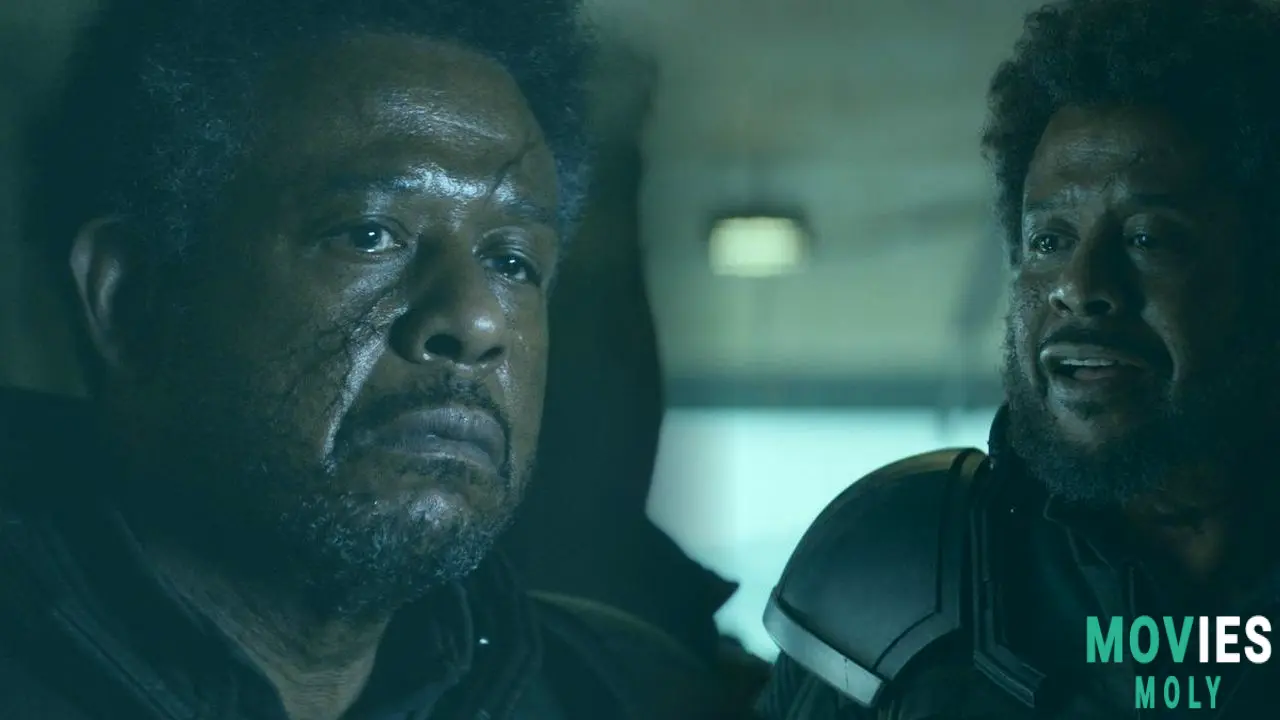
One of the most striking elements of Saw’s arc in Andor Season 2 is his relationship with rhydonium — or “rhydo,” as the rebels call it. This highly combustible, toxic starship fuel isn’t just a plot device; it’s an extension of Saw’s character. Dangerous to handle, lethal if mishandled, and capable of turning the tide of battle — rhydo is the perfect metaphor for a rebellion that’s still finding its footing. And for Saw, it’s personal.
In a hauntingly poetic moment, Saw refers to the fuel as his “sister.” He inhales the toxic fumes without protection, his body likely ravaged by exposure over time. Yet he doesn’t fear it. He loves it. Like the rebellion, rhydo is volatile, destructive, and hungry for change. “She’s the thing that explodes when there’s too much friction in the air,” Saw says. It’s a line that captures his entire philosophy: revolution isn’t patient, and it sure as hell isn’t safe.
Rhydonium’s history across Star Wars canon — from the aborted Separatist plots in The Clone Wars to Mayfeld’s explosive gambit in The Mandalorian — only deepens its symbolism. It’s weaponized nature, used by empires and rebels alike, mirrors Saw’s own path. He’s aware of the line he walks between freedom fighter and terrorist, but he doesn’t believe that line exists when fighting an empire built on fear and control.
Humanizing Saw Gerrera Through His Relationship With Wilmon And The Cost Of Revolution
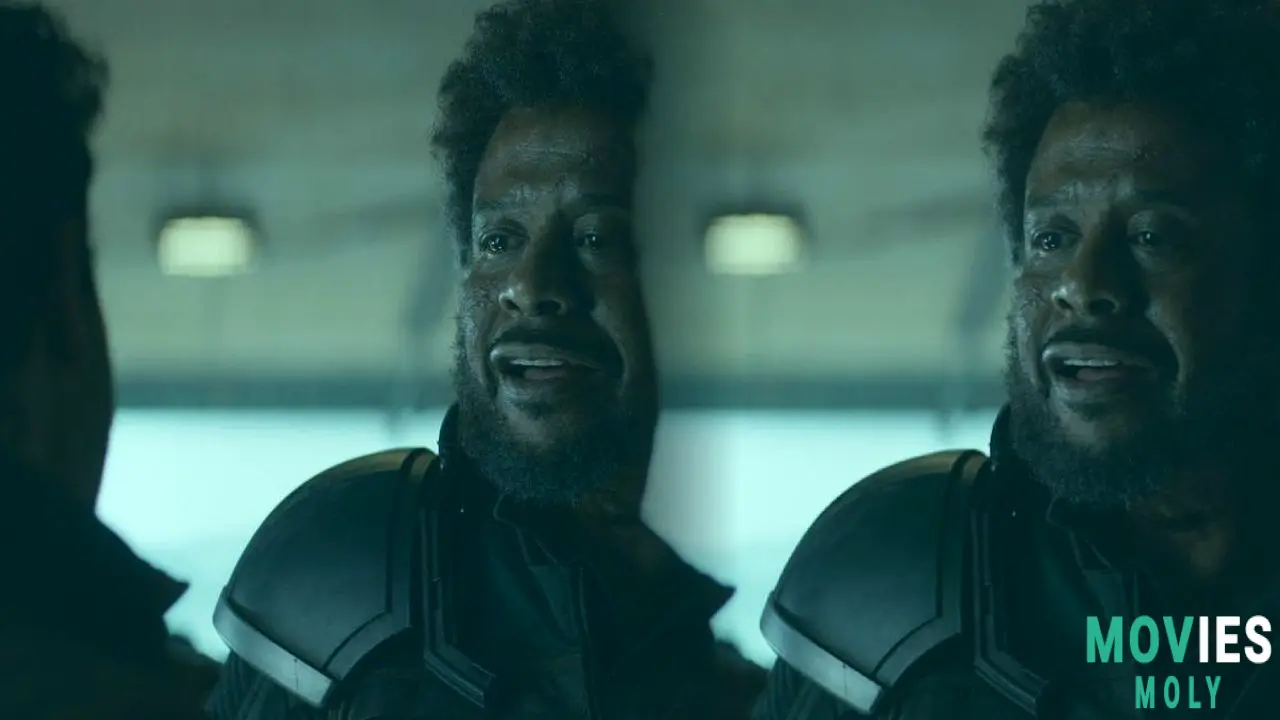
What truly grounds Saw Gerrera in Andor isn’t just his ideology — it’s his mentorship of Wilmon Paak. Much like Luthen Rael’s manipulation of Cassian, Saw pushes Wilmon into dangerous missions not out of cruelty, but necessity. He sees potential in the young rebel, but also sees the same naivety that doomed other factions. His training on extracting rhydo is ruthless because failure means death. This isn’t about expendability; it’s about survival.
Yet beneath the tough exterior is a man haunted by loss. Saw’s tale of being enslaved on Onderon, his reference to “sister” rhydonium, and his repeated warnings against looking away from the Empire’s symbol reveal a psyche forged in trauma. He can’t afford indifference. Jyn Erso’s early detachment in Rogue One was something he couldn’t accept because it threatened what he fought for — the very dream of freedom. When he says, “Save the Rebellion. Save the dream,” in his final moments, it’s not desperation. It’s hope. The hope that what he built with blood and fire doesn’t die with him.
Saw Gerrera’s Legacy Is A Rebel’s Rebel — Flawed, Fierce, And Unwilling To Compromise
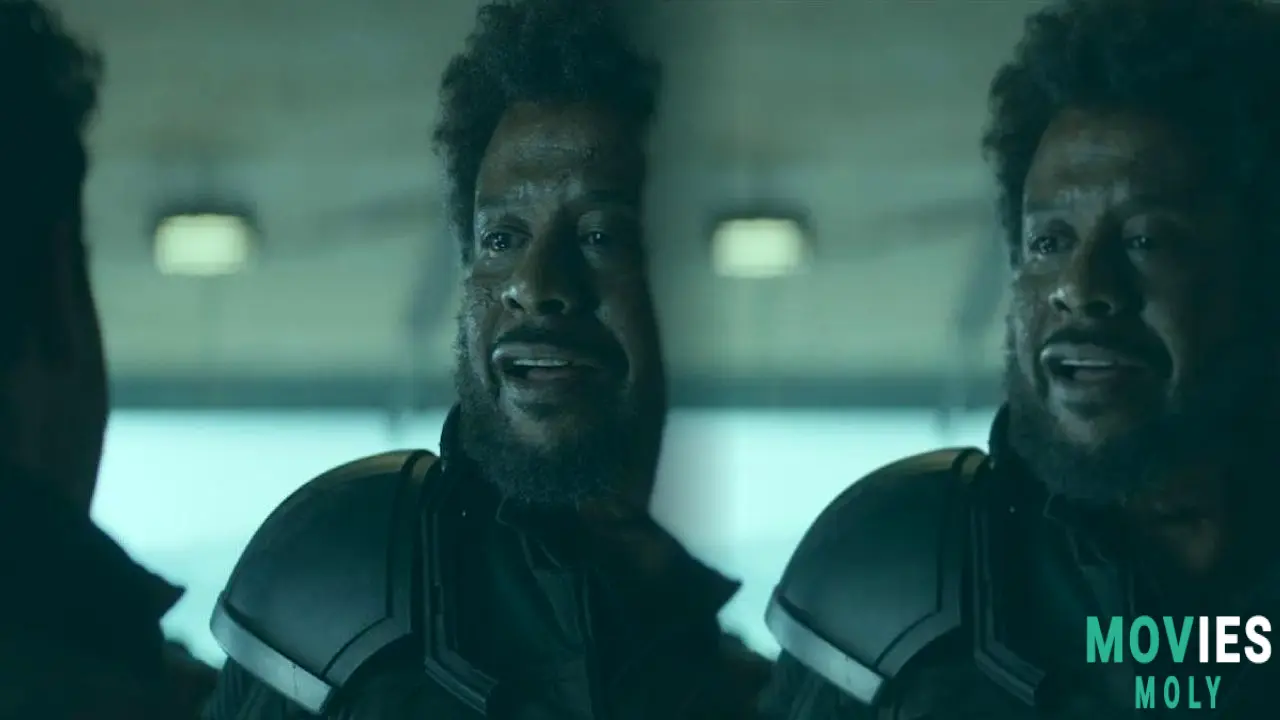
Andor doesn’t give Saw Gerrera a triumphant victory, and it doesn’t whitewash his flaws. It does something better — it gives him truth. Saw is the embodiment of Frantz Fanon’s revolutionary spirit, the man who refuses to be pacified because he knows what unchecked imperialism looks like. He’s dangerous, sure. But he’s also necessary. In a galaxy that often paints its heroes in black and white, Saw lives in the crimson smog of moral complexity.
He may never have been meant to be loved, but Saw Gerrera is the character we didn’t know we needed — the one who reminds us that revolution isn’t glamorous, that extremism can stem from righteousness, and that sometimes, the only way to save a dream is to burn it free.

